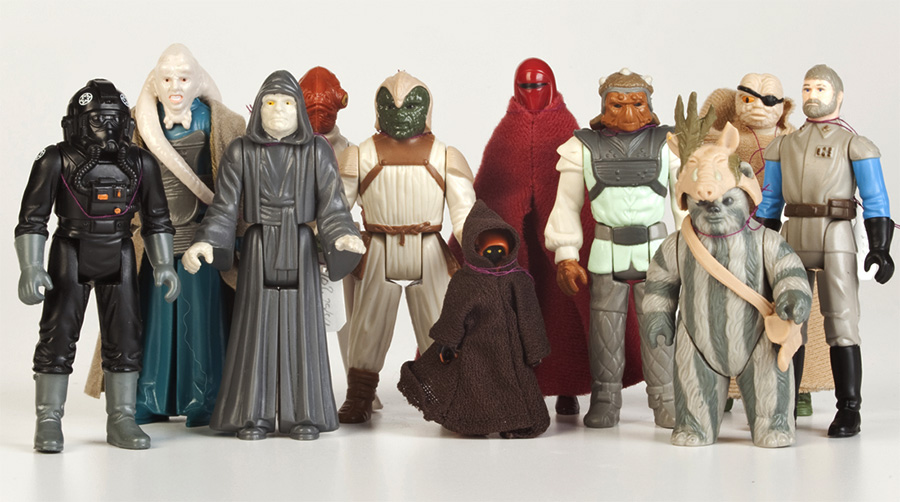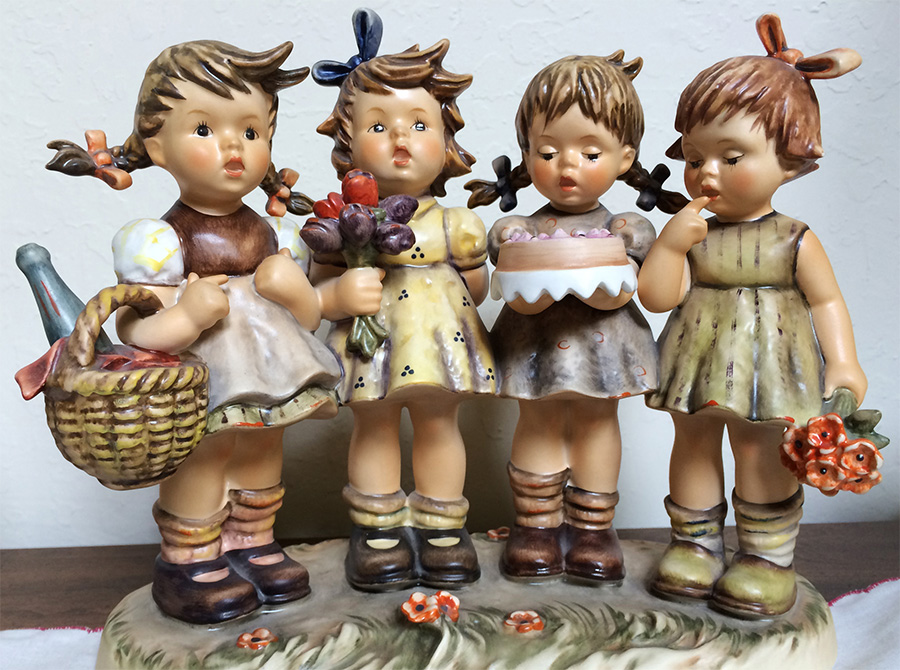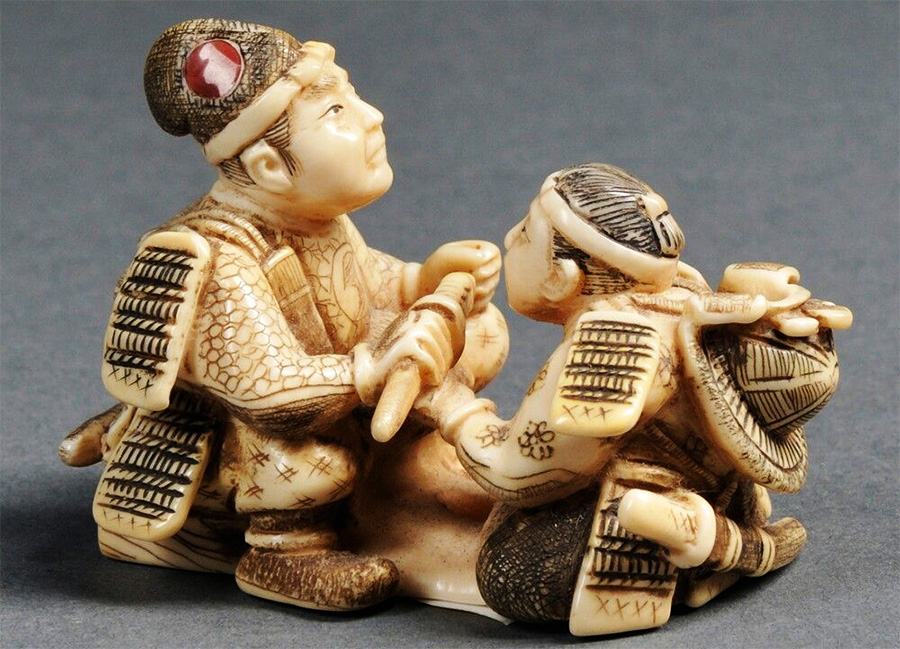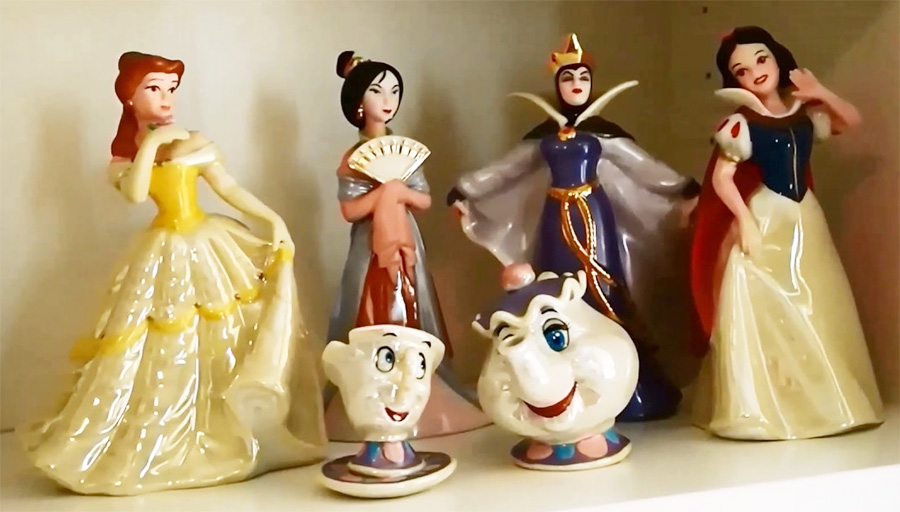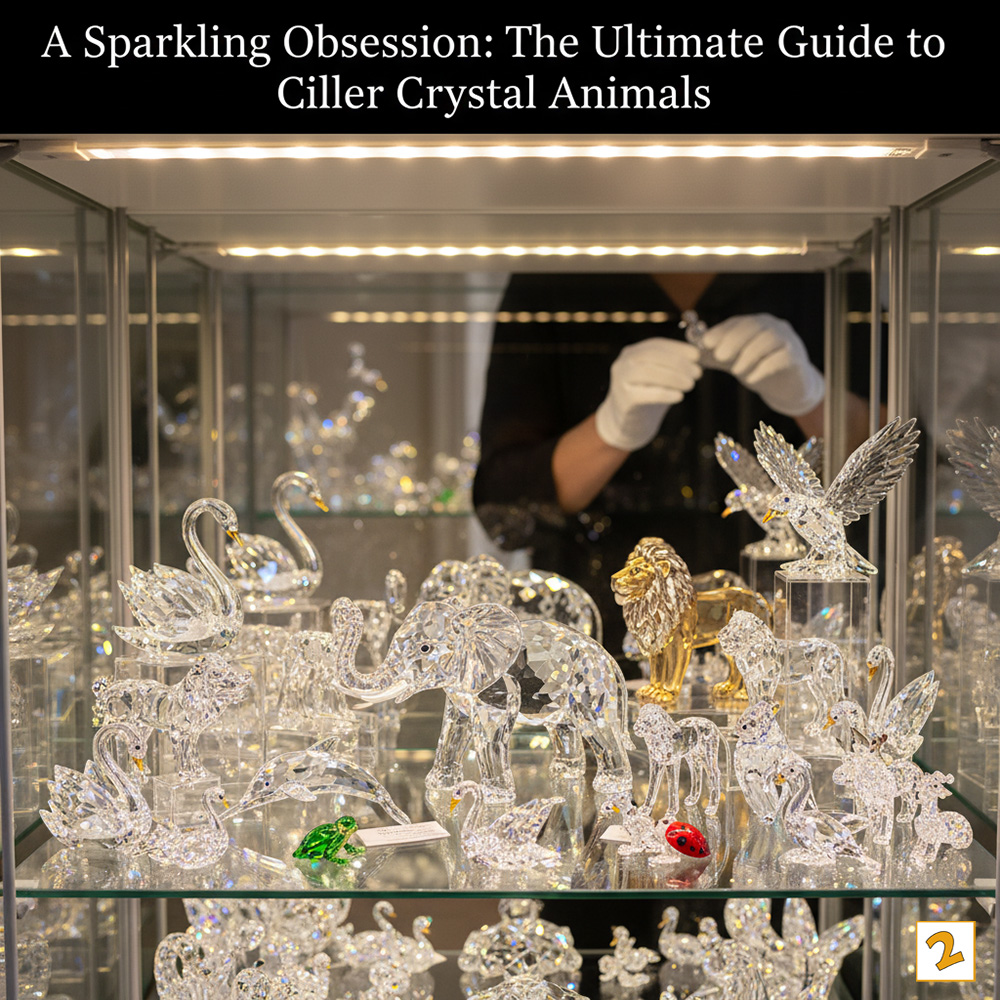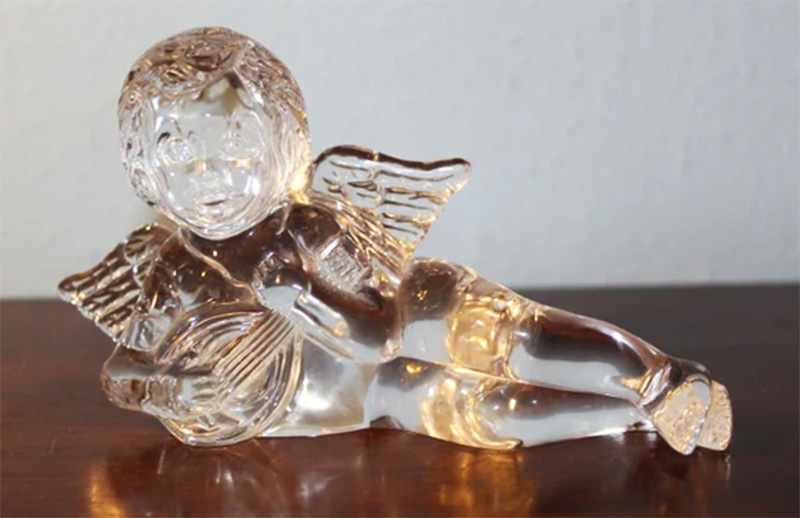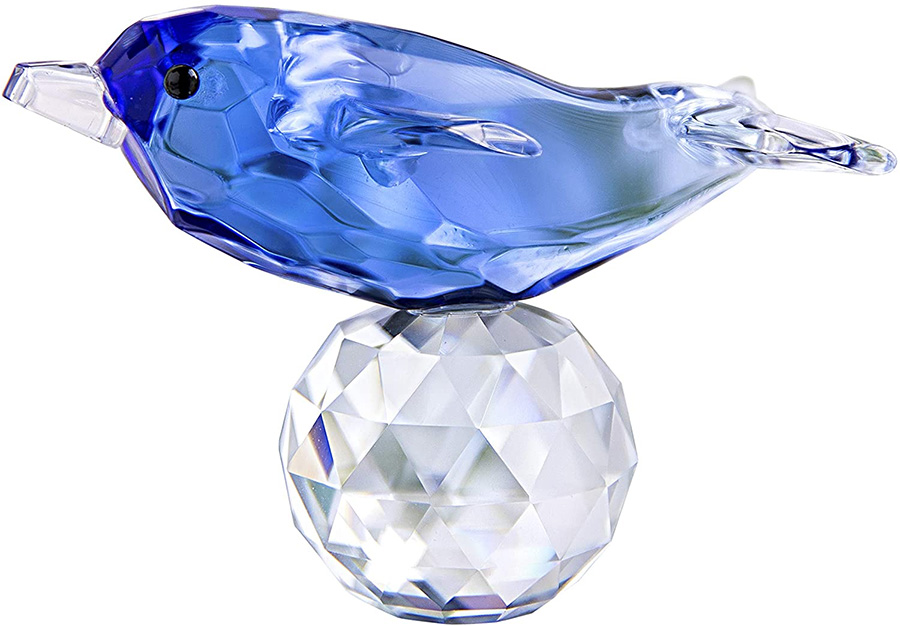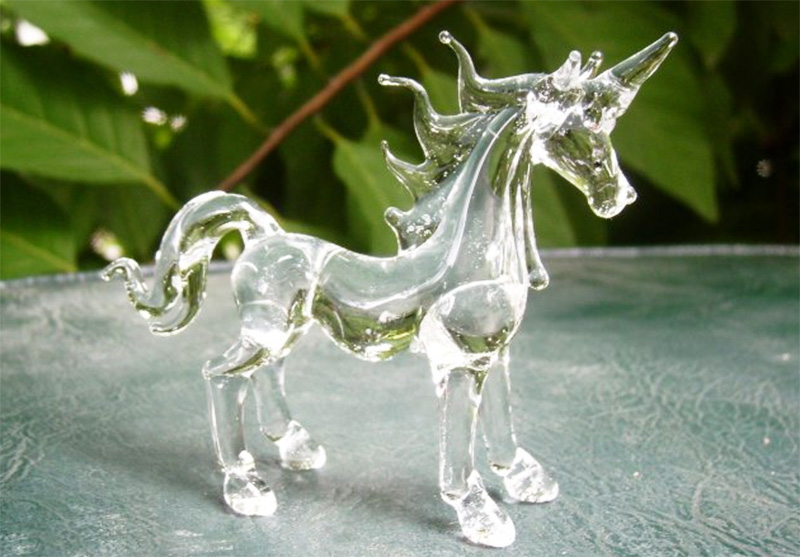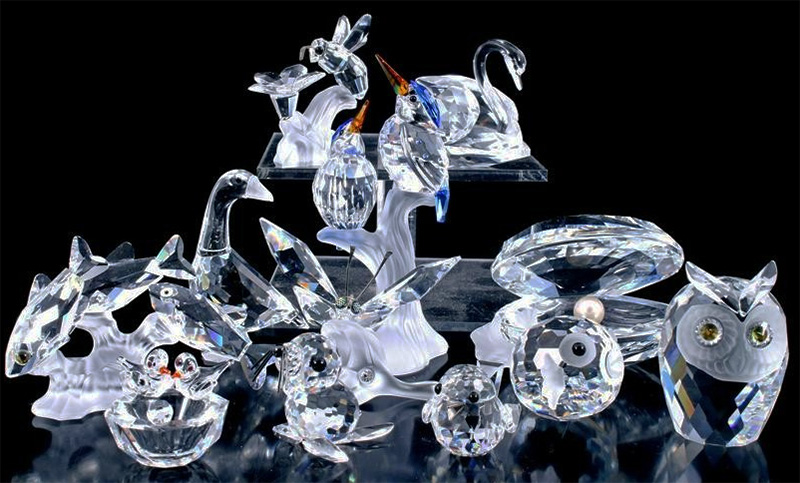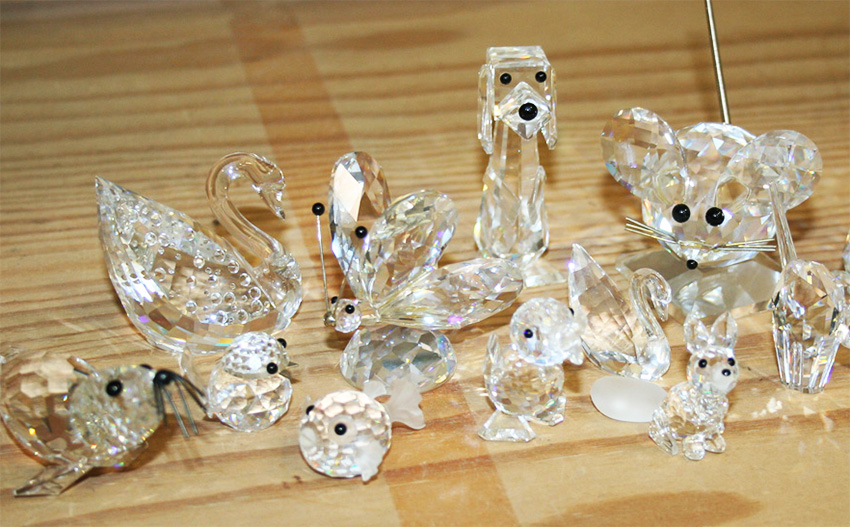Few objects command such immediate, visceral delight as a piece of Swarovski crystal. It’s not just glass; it’s a prism, a tiny sculpture of light, a fragment of a rainbow captured and held fast by human ingenuity. For millions, this fascination transcends casual admiration and becomes a full-fledged passion. Welcome to the world of Swarovski collecting.
At the heart of this global phenomenon is one specific, iconic, and vast category: the Swarovski Silver Crystal line. These are not the brand’s functional jewelry, watches, or industrial components. These are the whimsical, intricate, and captivating animal figurines that turned a 19th-century Austrian crystal company into a 20th-century collecting behemoth.
From a single, tiny mouse to sprawling, multi-piece wildlife scenes, the Silver Crystal line represents a unique fusion of artistry and technical perfection. This guide is your map to navigating that sparkling world. Whether you’ve just inherited a small crystal owl or are considering your first purchase, we will explore the history, the community, the key collections, and the practical tips you need to understand and grow your own glittering menagerie.
A Happy Accident: The Birth of Swarovski Silver Crystal
To understand the collection, one must first understand the company. In 1895, Daniel Swarovski, a Bohemian-born visionary, established his crystal-cutting factory in Wattens, Austria. His invention of a mechanized cutting machine revolutionized the industry, producing precision-cut crystal stones with a brilliance the world had never seen. For decades, the company’s focus was on supplying these stones to the fashion and jewelry industries.
The figurines we now cherish were never part of the original plan. They were, in fact, a complete accident.
The story, now a collector’s legend, takes place in 1976. A Swarovski employee named Max Schreck was tinkering with leftover chandelier parts. He arranged several small components to create a simple, familiar shape: a mouse. It was small, whimsical, and it sparkled with an almost magical intensity.
This “Ur-Maus,” or original mouse, was intended as a simple souvenir for the Olympic Games in nearby Innsbruck. It was a novelty, a trinket. But the public reaction was anything but casual. The mice sold out almost instantly. Customers weren’t just buying them; they were collecting them.
Swarovski management, recognizing a new and electrifying market, quickly pivoted. They refined the design, and the Silver Crystal line was officially born. That single mouse was soon followed by a hedgehog, a turtle, and a rhinoceros. A hobby—and an obsession—had begun.
What Exactly Is “Silver Crystal”?
The name “Silver Crystal” is itself a source of common confusion. The figurines are not made of silver. The name refers to the type of crystal and its effect, not its material composition.
- The Crystal: Swarovski’s “glass” is a closely guarded formula, but its brilliance comes from a high percentage of lead oxide (traditionally around 32%). This lead content makes the crystal “heavy” and, more importantly, dramatically increases its refractive index. In simple terms, it bends and splits light more intensely, creating the signature fiery, rainbow-like sparkle.
- The “Silver” Effect: The true magic comes from a special metallic coating. Many, though not all, Silver Crystal pieces have a vacuum-coated metallic foiling (often called “silvering” or “mirror-backing”) applied to the back of some facets. This coating acts like a mirror, bouncing any light that enters the figurine back out through the front facets. This process amplifies the brilliance a hundredfold, creating an internal “fire” that makes the piece look like it’s lit from within.
Combined with the company’s unparalleled, machine-perfect cuts, these two elements—leaded crystal and strategic foiling—define the look and feel of the Silver Crystal line.
Why We Collect: The Psychology of the Sparkle
What turns a simple purchase into a lifelong collection? For Swarovski enthusiasts, the motivations are as multi-faceted as the crystal itself.
- Pure Aesthetics: The primary draw is undeniable. They are, simply, beautiful. The way a small crystal animal can capture the morning sun and throw rainbows across a room is a source of daily joy.
- Artistry and Craftsmanship: These are not mass-produced toys. Each piece is an assembly of multiple, perfectly cut components, painstakingly glued together by hand. The designs, often led by artists like Max Schreck, Adi Stocker, and Martin Zendron, capture the essence of an animal’s form in a uniquely modern, abstract way.
- Emotional Connection: Many collections start with a gift—a crystal swan for an anniversary, a bear for a new baby, a cat for a feline lover. These pieces become talismans, imbued with memory and personal meaning.
- The Thrill of the Hunt: Swarovski is a master of managed scarcity. Pieces are “retired” (discontinued) regularly, creating a robust secondary market. Finding that one elusive piece from 1985 to complete a set is a collector’s high.
- Community: As we’ll explore, Swarovski cultivated a massive global community, connecting collectors and giving them a shared sense of identity and purpose.
Getting Started: Your First Sparkling Steps
Diving into the crystal world can be overwhelming. Here’s how to begin.
- Buy What You Love: This is the golden rule of all collecting. Don’t start by trying to guess what will be valuable. Start with the piece that speaks to you. Do you love cats? Start with a crystal kitten. Are you fascinated by the ocean? Look for a dolphin. Your collection should reflect you.
- Authorized Retailer vs. Secondary Market:
- Authorized Retailer/Swarovski.com: This is the only way to buy brand-new, current-production pieces. You are guaranteed authenticity, and you will receive the piece “Mint in Box” (MIB) with its certificate.
- Secondary Market (eBay, Etsy, Antique Malls): This is where you will find 99% of the Silver Crystal line, as most pieces are retired. This is the realm of the “hunt.”
- The Holy Trinity: Box, Certificate, and Piece: When buying on the secondary market, always look for a piece that includes its original cylindrical or silver-gray box, the foam padding, and the small booklet or Certificate of Authenticity (COA). A piece without its original packaging and COA is worth significantly less and is harder to verify.
- Start Small: Your first piece doesn’t need to be a $1,000 Annual Edition. The “Among the Flowers and Foliage” or “In the Secret Garden” series includes stunning ladybugs, butterflies, and snails for a modest price. These small, perfect sculptures are an ideal entry point.
You cannot discuss Silver Crystal collecting without discussing the Swarovski Collectors Society (SCS). Established in 1987, the SCS was a stroke of marketing genius that transformed a hobby into a global culture.
The concept was simple: members pay an annual fee. In return, they get a host of benefits, but one stands above all others: the right to purchase the Annual Edition (AE) piece.
The Annual Edition is a large, intricate sculpture available only to SCS members and produced only for that year. This single strategy did three things:
- It created massive, recurring annual demand.
- It instantly made every AE piece a “limited edition.”
- It supercharged the secondary market, as new collectors sought to acquire the AEs from years they had missed.
The SCS Annual Editions are often structured in three-year “trilogies.”
- Trilogy 1: “Caring and Sharing” (1987-1989): This is the holy grail for many collectors. It included “Togetherness” (The Lovebirds), “Sharing” (The Woodpeckers), and “Amour” (The Turtledoves).
- Trilogy 2: “Mother and Child” (1990-1992): Featured “Lead Me” (The Dolphins), “Save Me” (The Seals), and “Care For Me” (The Whales).
- Trilogy 3: “Inspiration Africa” (1993-1995): The famous Elephant, Kudu, and Lion.
- Subsequent Trilogies included “Fabulous Creatures” (Dragon, Unicorn, Pegasus), “Masquerade” (Pierrot, Columbine, Harlequin), and many more, continuing to this day.
Beyond the AE, membership includes a subscription to the Swarovski Magazine, access to other members-only pieces, and invitations to exclusive events. The SCS is the glue that binds the entire collecting community.
Navigating the Menagerie: Major Silver Crystal Themes
While the SCS pieces are the “event” animals, the main Silver Crystal line is a sprawling zoo of different themes. These collections often ran for years, with new animals being added and old ones retired.
- The Originals (1976-1980s): The foundational pieces. This includes the Original Mouse, the Large and Small Hedgehogs, the Rhinoceros, and the original “Mini” animals. They are characterized by a simpler, more blocky facet style.
- Feathered Friends: A massive collection of birds, from tiny wrens and swans to majestic eagles and owls. The Swan, given its place in the company’s logo, is an evergreen, iconic piece.
- In the Secret Garden / Among the Flowers and Foliage: These “small wonders” collections feature butterflies, snails, ladybugs, dragonflies, and frogs, often incorporating colored crystal accents for the first time (e.g., a green frog, a red-backed ladybug).
- African Wildlife: Separate from the SCS “Inspiration Africa” trilogy, this collection included popular pieces like the Giraffe, Hippopotamus, and Zebra.
- Endangered Species: A highly sought-after collection that ran parallel to the SCS. It included the iconic Panda, the Koala, the Tiger, and the Sea Turtle. The Panda, in particular, is a collector’s favorite.
- Fabulous Creatures: This collection brought mythology to life, featuring the classic Unicorn, the Griffin, and the Dragon. These pieces are renowned for their complexity and artistry.
- Licensed Characters (Disney, etc.): While some collectors separate them, many of Swarovski’s most popular pieces, like Mickey Mouse, Cinderella, and the Star Wars collection, are technically part of the larger Silver Crystal/Figurine branch. The Disney line, in particular, is a massive collecting niche all on its own.
The Mark of Authenticity: Understanding Swarovski Logos
How do you know your piece is real? And how old is it? The logo on the bottom is your primary clue. Swarovski has used three major logos on its figurines over the years.
- The Edelweiss Logo (c. 1976 – 1988): The first Silver Crystal animals were acid-etched with a simple, stylized Edelweiss flower. This logo definitively marks a piece as “vintage” and part of the first decade of production.
- The sCs / SCS Logo (c. 1976 – 1988): In addition to the Edelweiss, early pieces were sometimes marked with a square “sCs” logo (Swarovski Crystal society).
- The Swan Logo (1989 – Present): In 1989, Swarovski underwent a major rebranding and introduced the now-iconic, elegant Swan logo. This logo is on all pieces produced from 1989 onward. If you see a piece like the “Lovebirds” (1987) with a Swan logo, it is almost certainly a fake.
In addition to the main logo, SCS Annual Editions will have the SCS logo, the designer’s initials, and the year of issue etched on them.
Spotting Fakes: A Collector’s Shield
The popularity of Swarovski has, unfortunately, led to a sea of counterfeits. Here are red flags to watch for:
- The Sparkle: This is the hardest thing to fake. A real Swarovski piece has a “fiery,” brilliant sparkle. A fake is often “glassy” and dull, with little to no internal light reflection.
- The Cut: Facet junctions on a real piece are razor-sharp and perfectly aligned. Fakes often have rounded, “soapy,” or misaligned edges.
- The Weight: Swarovski’s lead crystal is heavy. A fake made of simple glass will feel noticeably lighter for its size.
- The Logo: Check the logo with a jeweler’s loupe. A fake logo is often sloppy, poorly etched, or just plain wrong for the era.
- Packaging: Fakes often have poor-quality boxes with misspellings (e.g., “Swarvoski”) or logos that are blurry or pixelated. The foam inside is often a cheap, bright white Styrofoam, not the dense, gray-blue foam Swarovski uses.
Caring for Your Collection: Preserving the Brilliance
Your crystal collection will last for generations, but it requires proper care.
- Handling: The oils on your skin can dull the crystal’s surface over time. Handle your pieces with soft, lint-free cotton gloves. If you must use bare hands, hold them by the base or thickest parts.
- Display: The best home is a closed glass cabinet. This protects from the #1 enemy: dust. Dust builds up on the facets and in the tiny crevices, killing the sparkle.
- Light: While it’s tempting to put them in a sunny window, never display crystal in direct, harsh sunlight. The intense, focused beams of light (like a magnifying glass) can, in rare cases, pose a fire risk. Furthermore, prolonged, intense UV light can (over many decades) yellow the specialized glue used to join the pieces.
- Cleaning:
- Light Dusting: A soft, clean makeup brush or a can of compressed air is perfect for getting dust out of crevices.
- Heavy Cleaning: For fingerprints or grime, use a soft, lint-free microfiber cloth (like one for eyeglasses) or Swarovski’s own branded cleaning cloth.
- Washing (Use Sparingly!): For heavily soiled pieces (e.g., from a smoker’s home), you can wash them. Use lukewarm water and a tiny drop of mild, clear dish soap. Never use Windex, ammonia, or any harsh chemical cleaner, as it can damage the metallic “Silver Crystal” coating. Rinse with clean, distilled water (to prevent water spots) and let it air dry completely on a soft towel.
Value and Investment: A Passion-First Pursuit
Is a Swarovski collection a good financial investment? The honest answer is: it depends, but don’t count on it.
Like any collectible, the value is determined by demand, scarcity, and condition. Most general-release Silver Crystal animals that were produced for many years are worth less on the secondary market than their original retail price.
However, certain pieces have appreciated significantly:
- Early SCS Annual Editions: The 1987 “Lovebirds” and the other pieces from the first “Caring and Sharing” trilogy can sell for thousands of dollars if MIB with all certificates.
- Numbered Limited Editions: Any piece with a strict, numbered production run (e.g., the “Centenary Swan” from 1995) is a good candidate for value appreciation.
- Retired Disney Pieces: Some of the large, early, or limited-run Disney characters (like the original large “Sorcerer’s Apprentice” Mickey) have become extremely valuable.
The golden rule holds true: collect for passion, not for profit. The joy of the “hunt” and the beauty of the display are the true dividends. If a piece appreciates in value, consider it a sparkling bonus.
A World of Light in Your Hands
To collect Swarovski Silver Crystal is to become a curator of light. It is to find joy in the intricate, to appreciate the technical perfection, and to join a global community that shares a common, glittering language.
That tiny mouse from 1976 set off a chain reaction, creating a universe of crystal creatures that now inhabit millions of homes. Each collection is a personal museum, a menagerie of memories, and a testament to the enduring human fascination with all things that sparkle.
Whether your collection consists of one small swan or an entire cabinet replicating the African savanna, the obsession is understandable. You are, after all, just trying to catch a little bit of a rainbow and keep it for yourself.

